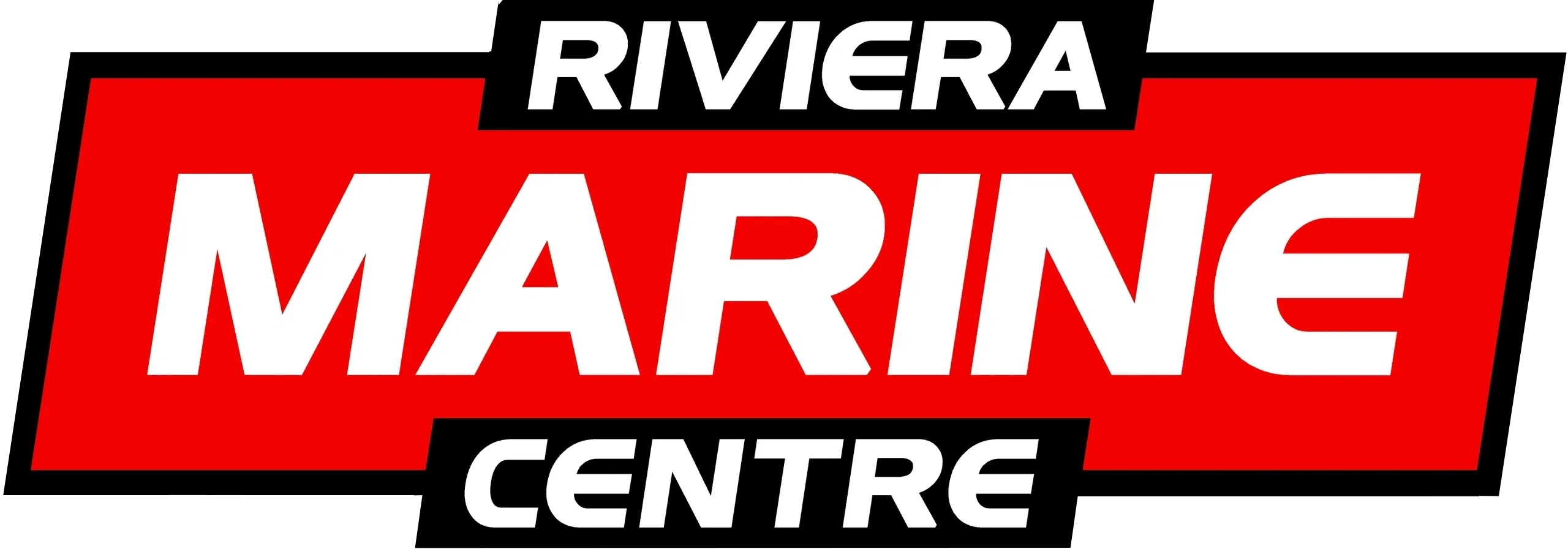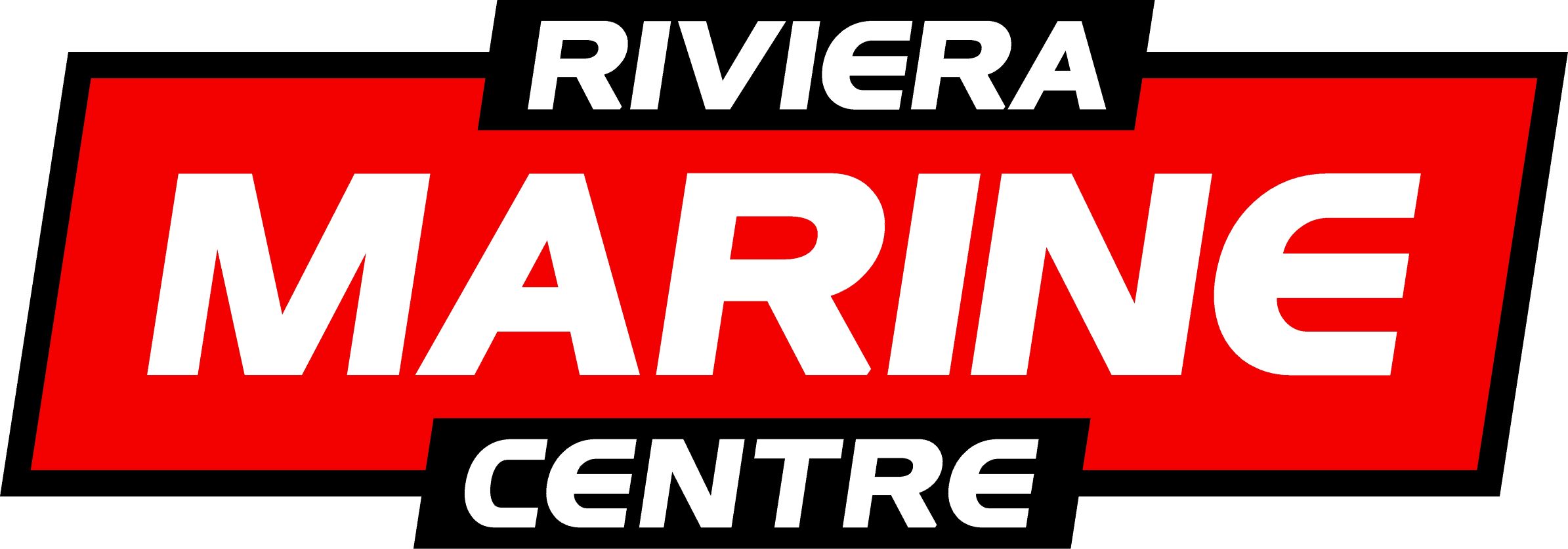
Tips for Calibrating and Maintaining Your Boat Gauges

As boat owners, we know how vital it is to keep our vessel's instruments in check. This guide will help you calibrate and maintain your boat gauges. It ensures your marine instruments work perfectly.
We'll look at the basics of marine instruments. You'll learn about different types of gauges and their roles. Knowing how these systems work together helps you spot and fix problems.
This article will give you the tools and knowledge for maintaining your boat's instruments. Whether it's fixing common issues or setting up a maintenance routine, you're covered. Let's get started and learn how to keep your boat gauges in top shape.
Understanding Marine Instrumentation Basics
When you're out on the water, knowing your boat's instruments is key. The nautical dashboard and ship control panel are filled with gauges and systems. They give you the info you need to sail safely and efficiently.
Types of Boat Gauges and Their Functions
Boat gauges do different jobs. You'll find speedometers, tachometers, fuel level indicators, and depth finders. They help you keep an eye on your boat's speed, fuel use, and depth in the water.
Essential Components of a Nautical Dashboard
The nautical dashboard is the heart of your boat's systems. It has the main gauges, controls, and monitoring tools. This lets you quickly check your boat's status and make smart choices.
How Gauge Systems Work Together
Boat gauges work together to give you a full view of your boat's health. By understanding how they work, you can make better decisions. This is true whether you're in the open sea or near the coast.
Common Issues with Boat Gauges
We know how vital it is to keep our boat's instruments in top shape. Issues like wrong readings and broken connections can be big problems for those who love the sea. Here, we'll look at the usual problems with boat gauges and how to fix them.
One big issue is when gauges show the wrong numbers. This might be because of faulty sensors, wiring issues, or outside interference. It's key to make sure your gauges are set up right to get accurate info on fuel, engine, or navigation.
Another common problem is when connections go wrong. The sea can damage the wiring and parts of your boat's system over time. Things like corrosion and water can cause connections to break, leading to bad readings. It's important to check and keep these connections in good shape.
Damage from the environment is also a big worry. Saltwater, UV, and extreme weather can harm your gauges. Using the right protection can help keep them working well for longer.
Essential Tools for Gauge Maintenance
Keeping your boat's navigation displays and sailboat meters in good shape is key for safe and smooth sailing. We'll look at the must-have tools and gear for this task.
Calibration Equipment Requirements
Getting precise readings starts with accurate calibration. We'll need various tools like pressure gauges, voltmeters, and meter testers made for the sea. Quality calibration tools are vital for reliable data on every trip.
Safety Gear for Maintenance Work
Maintenance on your boat's instruments needs careful safety steps. Wear protective eyewear, gloves, and non-slip shoes to avoid risks. A well-lit, tidy workspace is also essential for safe and effective work.
Diagnostic Tools and Their Uses
Spotting and fixing issues with your boat's gauges and displays needs the right tools. Tools like multimeters and wiring testers help us find and fix problems. With the right tools, we can quickly solve issues and sail with confidence.
Step-by-Step Calibration Process
Keeping your boat gauges accurate is key for safe and efficient sailing. Our guide will show you how to calibrate different marine instruments. This ensures your boat's systems work perfectly.
First, get the right tools like a voltmeter, pressure gauge, and any tools the maker suggests. Also, don't forget safety gear like gloves and eye protection.
Then, check each gauge for damage or wear. Clean the face and bezels for clear readings. Look up the maker's guide for how to calibrate your instruments.
For each gauge, you might need to tweak the needle or digital display. Follow the instructions carefully, making small changes until it's right. Keep a record of the settings for later.
After calibrating all gauges, do a final test. Check if the readings match known values or test equipment. This confirms your boat's systems are working right.
By following these steps, you keep your boat gauges and instruments in top shape. This ensures a safe and fun boating time.
Preventive Maintenance Schedule for Vessel Monitoring Systems
Keeping your boat's monitoring systems in good shape is key. A regular maintenance plan helps them last longer and work better. Here, we'll cover what to do daily, monthly, and yearly to keep your systems running smoothly.
Daily Checks and Inspections
Begin each day by checking your boat's gauges and displays. Look for damage like cracks or loose connections. Make sure all indicators are working right and show accurate readings. Note any issues that need more looking into.
Monthly Maintenance Tasks
Every month, clean and calibrate your monitoring systems. Use a soft cloth to wipe down the gauges. Then, follow your manual to calibrate them correctly.
Annual Service Requirements
Once a year, get a professional to service your boat's systems. This includes a detailed check, testing, and any fixes needed. Regular annual checks help catch problems early.
By sticking to this maintenance plan, you'll have a worry-free boat. Your systems will work well and last longer.
Troubleshooting Watercraft Instrumentation Problems
We know how vital boating gauges and yacht indicators are for a safe and fun time on the water. Even with regular care, problems can pop up. But don't worry, our skilled team is ready to help you fix common issues fast.
Often, we see boating gauges not working right. This might be because of bad sensors, wiring problems, or other electronic interference. We can find and fix the main cause, making your gauges work perfectly again.
Yacht indicators failing can be really annoying, even more so when you're out at sea. Our techs can figure out what's wrong and fix it, so you can sail smoothly again.
No matter the problem, we're here to help you quickly. With our knowledge and top-notch tools, we aim to make your gauges and indicators work great. This way, you can enjoy every trip without worry.
Digital vs Analogue Boat Gauges
Boating technology keeps getting better, making the choice between digital and analogue boat gauges more important. Each type has its own benefits and drawbacks. It's key to think about these when picking the right gauges for your boat.
Advantages and Limitations
Digital boat gauges look modern and give detailed info. They work well with other boat electronics, making monitoring easier. But, they can be tricky to set up and might fail if there's a power problem.
Analogue gauges are known for being reliable and simple. They keep working even without power. They're also easy to see quickly, which is great for fast or tricky sailing. But, they don't have the fancy features or custom options of digital gauges.
Choosing the Right System
Choosing between digital and analogue gauges depends on your boat and how you use it. For big boats or commercial ones, mixing both digital and analogue might be best. This way, you get the best of both worlds. Your choice should match your boating needs and the setup of your dashboard or control panel.
Conclusion
In this article, we've looked into calibrating and keeping boat gauges in top shape. This ensures your sailboat meters and navigation displays work accurately and reliably. We've covered the basics of marine instruments and how to calibrate them step by step.
Keeping your boat's gauges in good condition is key for safety and performance. Regular checks and quick fixes are vital. At Riviera Marine Centre, we have top-notch products and services for Australian boaters.
Calibrated gauges are the key to safe boating. Taking care of your boat's instruments means you're safe and helping protect Australia's coasts. Let's enjoy the sea, with each gauge perfectly set.






